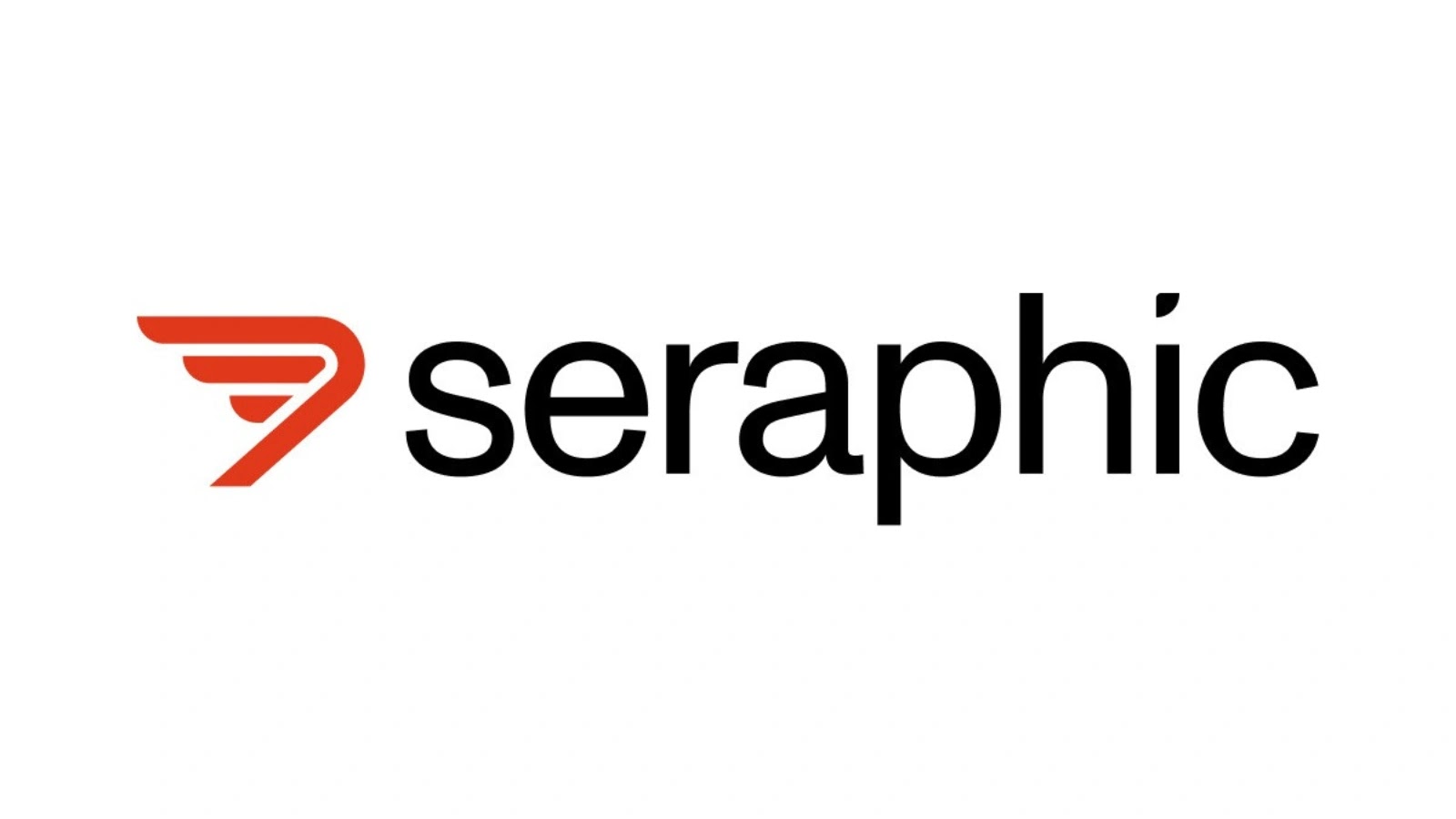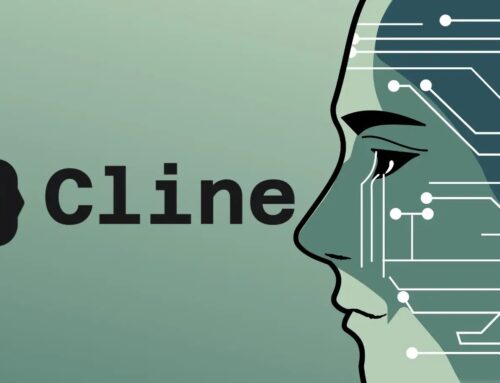
Seraphic Becomes the First and Only Secure Enterprise Browser Solution to Protect Electron-Based Applications
The Unseen Threat: Securing Electron Applications with Seraphic’s Breakthrough
In the evolving landscape of enterprise software, a critical blind spot often persists: the security of Electron-based applications. While many organizations focus on traditional browser security and network perimeters, the rise of desktop applications built on web technologies, like ChatGPT desktop, Microsoft Teams, and Slack, introduces a new attack surface. These applications, often used for sensitive internal communications and data processing, demand the same robust protection as web browsers. Until now, a comprehensive solution for this specific challenge has been elusive. Seraphic, a leader in enterprise browser security (SEB) and AI enablement, has fundamentally changed this by announcing native protection for Electron-based applications, positioning itself as the first and only browser security platform to offer this essential capability.
Understanding the Electron Application Security Gap
Electron allows developers to build cross-platform desktop apps using web technologies like HTML, CSS, and JavaScript. This approach offers significant advantages in development speed and consistency across operating systems. However, it also inherently carries over the security challenges associated with web browsers. Phishing attacks, malware injection, data exfiltration, and session hijacking are not confined to traditional browsers; they can equally target Electron applications.
Many existing security solutions are designed for network-level traffic or traditional operating system process monitoring. While these are important, they often lack the granular visibility and control needed to effectively secure the browser-like environment within an Electron app. This creates a significant security gap, leaving critical enterprise tools vulnerable to sophisticated cyber threats.
Seraphic’s Pioneering Approach to Electron Protection
Seraphic’s latest innovation directly addresses this vulnerability. By extending its secure enterprise browser technology to Electron applications, Seraphic provides a layer of protection that operates within the application itself. This native integration allows for proactive threat detection and prevention, safeguarding critical functionalities and sensitive data.
Key aspects of Seraphic’s protection for Electron applications likely include:
- Browser Isolation: Containing potential threats within a secure environment, preventing them from impacting the underlying operating system or other applications.
- Content Disarm & Reconstruction (CDR): Neutralizing malicious elements within files and web content before they reach the user.
- Data Loss Prevention (DLP): Monitoring and controlling how sensitive information is used, copied, or transmitted within and from the application.
- Phishing and Malware Protection: Detecting and blocking access to malicious URLs and thwarting phishing attempts targeting user credentials or sensitive data within the application.
- Supply Chain Security: Mitigating risks introduced through third-party components or plugins used within the Electron application.
This capability is particularly vital as more enterprise operations shift to SaaS applications, AI copilots, and agentic workflows, many of which leverage browser-like interfaces or are built using Electron. Protecting these touchpoints becomes synonymous with protecting the enterprise’s core operations.
The Urgency of Securing AI and SaaS Workflows
The announcement from Seraphic on November 19th, 2025, underscored a critical trend: “AI runs in the browser: SaaS applications, AI copilots, agentic […]”. This highlights the increasing reliance on browser-based and Electron-based interfaces for accessing advanced AI tools and Software-as-a-Service platforms. These tools often handle proprietary data, strategic insights, and sensitive customer information. A compromise within an AI copilot, for example, could lead to intellectual property theft or manipulation of operational decisions.
Organizations must recognize that the security perimeter has expanded beyond the traditional network firewall. The “browser” – whether a standalone application or embedded within an Electron framework – is now a primary gateway for both productivity and potential compromise. Seraphic’s initiative ensures that these critical digital pathways are no longer neglected.
Remediation Actions and Best Practices
While Seraphic provides a robust solution, a multi-layered security strategy is always the most effective. Organizations should consider the following remediation actions and best practices:
- Implement Secure Enterprise Browsers (SEB): Adopt dedicated SEB solutions like Seraphic that offer comprehensive protection for both traditional browsers and Electron applications.
- Least Privilege Principle: Ensure users and applications operate with the minimum necessary permissions to perform their tasks.
- Regular Software Updates: Keep all Electron applications, operating systems, and security software updated to patch known vulnerabilities. For example, staying current on Chromium versions for Electron apps often addresses underlying browser engine vulnerabilities (e.g., potential fixes for CVE-2023-XXXXX, referencing a generic Chromium CVE).
- Employee Security Awareness Training: Educate users about phishing, social engineering, and the risks associated with suspicious links or downloads, even within familiar applications like Teams or Slack.
- Network Segmentation: Isolate critical systems and sensitive data from general user networks to limit the lateral movement of threats.
- Endpoint Detection and Response (EDR): Utilize EDR solutions to monitor endpoint activity, detect suspicious behavior, and respond to threats efficiently.
Conclusion: A New Era For Enterprise Application Security
Seraphic’s announcement marks a significant milestone in enterprise cybersecurity. By becoming the first and only secure enterprise browser solution to protect Electron-based applications, Seraphic addresses a significant and growing vulnerability. This innovation is not merely an incremental improvement; it reshapes the security paradigm for modern digital workplaces heavily reliant on applications like ChatGPT desktop, Teams, and Slack. As enterprises continue their digital transformation, incorporating AI and SaaS into their core operations, solutions that provide native, comprehensive protection for these critical interfaces are no longer optional – they are foundational to maintaining a secure and resilient environment.





